Migration
2021
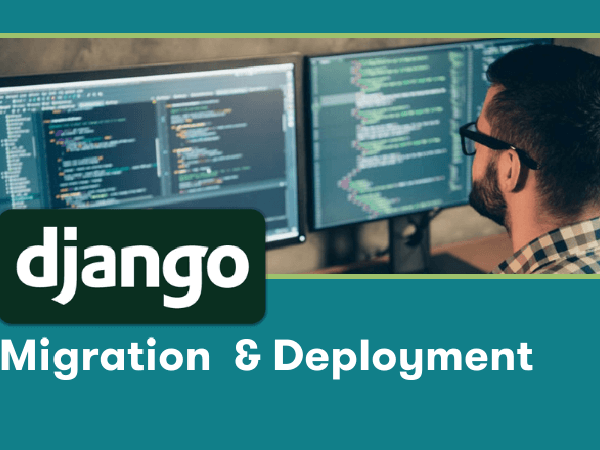
How to Simplify Django Migrations and Deployment
When removing fields from Django models, or adding non-nullable fields, it can be hard to avoid a mismatch between code running on some servers and the database in use.
2019
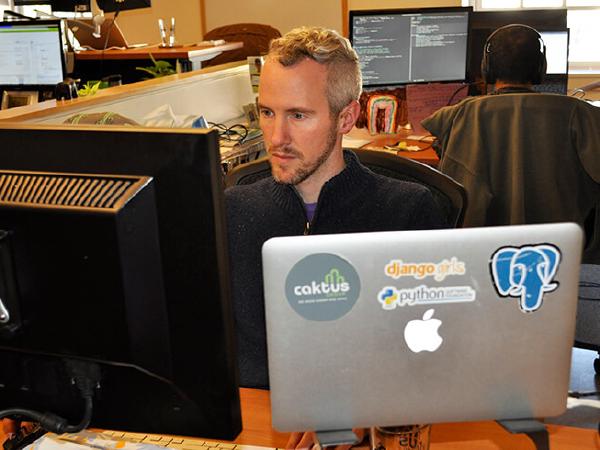
How to Switch to a Custom Django User Model Mid-Project
The Django documentation recommends always starting your project with a custom user model (even if it's identical to Django's to begin with), to make it easier to customize later if you need to. But what are you supposed to do if you didn't see this when starting a project, or if you inherited a project without a custom user model and you need to add one?
2016
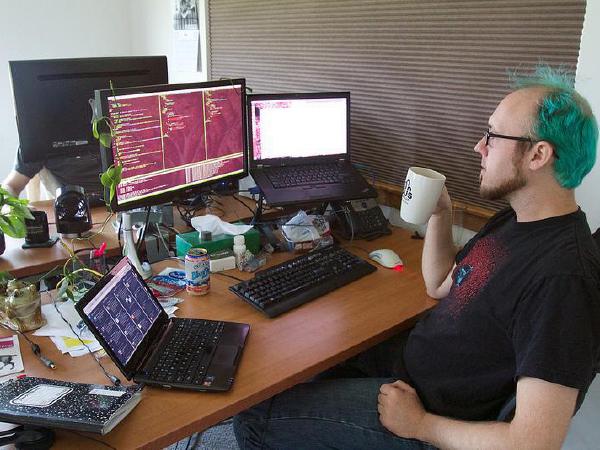
Writing Unit Tests for Django Migrations
Editor's note: This post was originally published in February 2016 and was updated in August 2017 to incorporate improvements suggested by our readers. It has also been tested for compatibility as of the Django 1.11 release.
2015
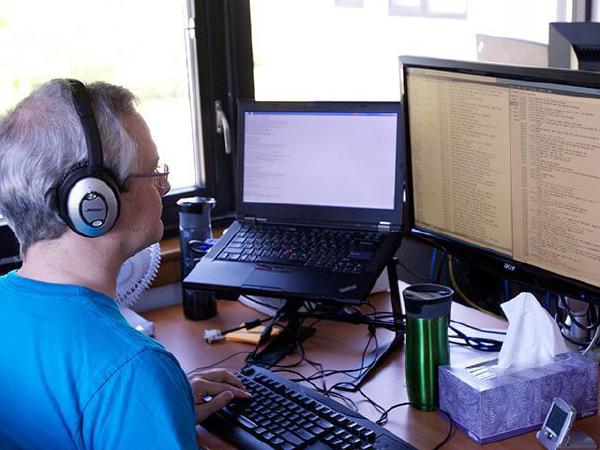
Initial Data in Django
I’ve struggled to find an ideal way to load initial data for Django projects. By “initial data,” I’m referring to the kind of data that you need on a new system for it to be functional, but could change later. These are largely lists of possible choices, such as time zones, countries, or crayon colors.
2014
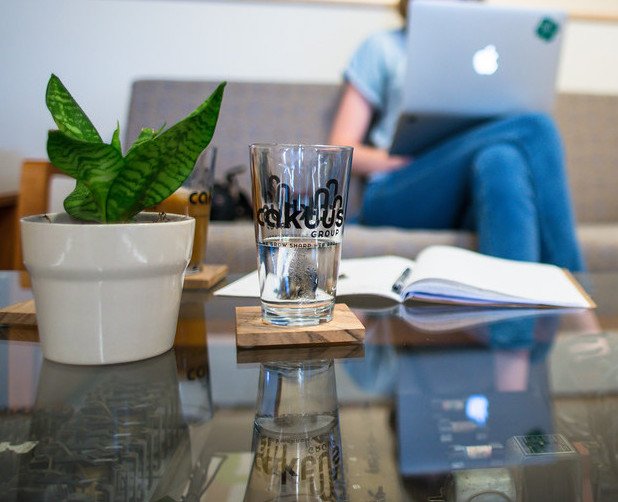
Contributing Back to Symposion
Recently Caktus collaborated with the organizers of PyOhio, a free regional Python conference, to launch the PyOhio 2014 conference website. The conference starts this weekend, July 26 - 27. As in prior years, the conference web site utilizes Eldarion’s Symposion, an opensource conference management system. Symposion powers a number of annual conference sites including PyCon and DjangoCon. In fact, as of this writing, there are 78 forks of Symposion, a nod to its widespread use for events both large and small. This collaboration afforded us the opportunity to abide by one our core tenets, that of giving back to the community.
2013

Migrating to a Custom User Model in Django
UPDATE: Read a newer blog post on this topic.
The new custom user model
configuration
that arrived in Django makes it relatively straightforward to swap in
your own model for the Django user model. In most cases, Django's
built-in User model works just fine, but there are times when certain
limitations (such as the length of the email
field)
require a custom user model to be installed. If you're starting out
with a custom user model, setup and configuration are relatively
straightforward, but if you need to migrate an existing legacy project
(e.g., one that started out in Django 1.4 or earlier), there are a few
gotchas that you might run into. We did this recently for one of our
larger, long-term client projects at Caktus, and here's an outline of
how we'd recommend tackling this issue:
2009

Migrating from django-photologue 1.x to 2.x
We're in the process of updating a web app for a client that was built last year about this time using Django and Photologue. Needless to say, there have been a lot of changes to both over the past year!